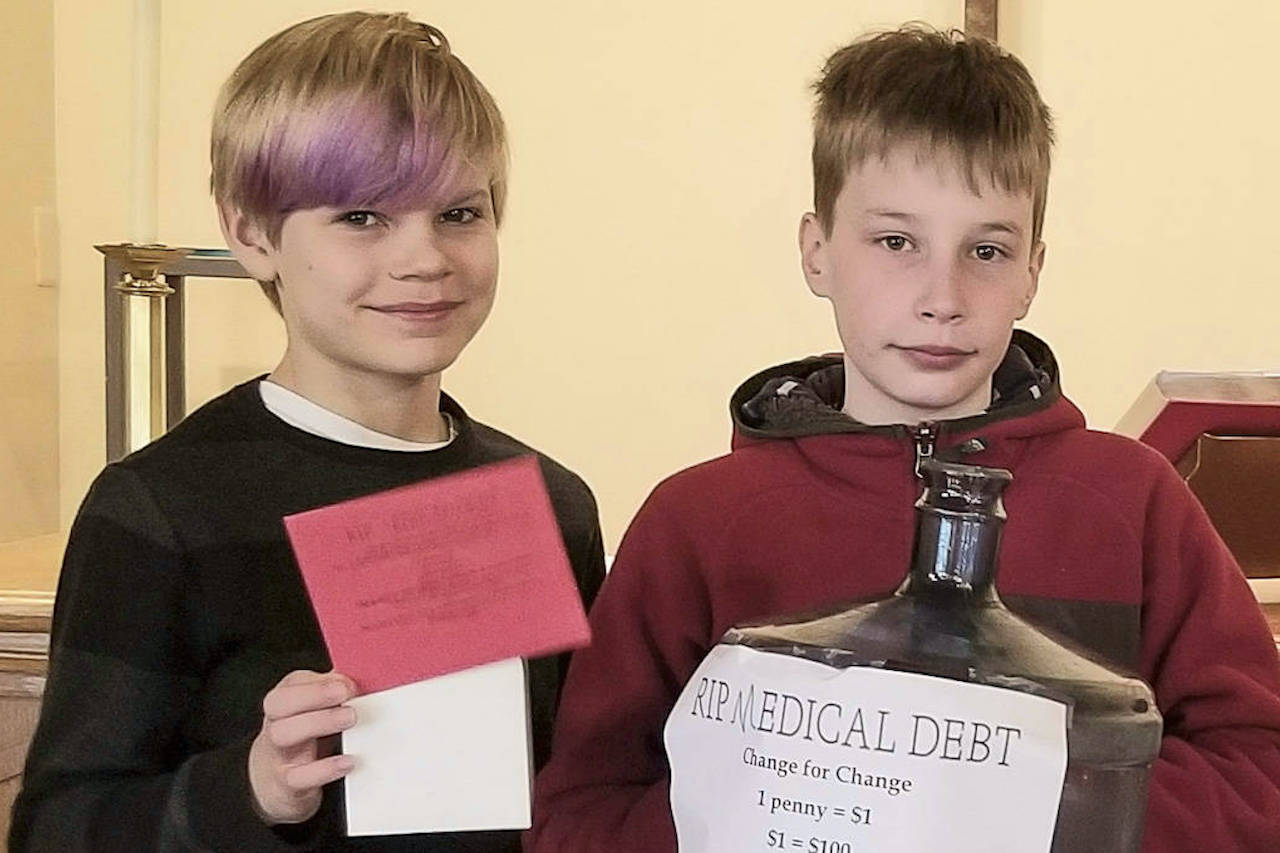All medical debt in King County has been temporarily eliminated thanks to a fundraiser from the Holy Trinity Lutheran Church (HTLC).
Back in March, church officials announced that they were partnering with RIP Medical Debt for a Lent project. The nonprofit organization, which is based in New York, identifies, purchases and then forgives medical debt.
The church sought to raise $20,000 by Easter, April 12 — which, through RIP’s program, would forgive all currently standing $2.1 million in King County. Via the organization, a $100 donation can forgive someone’s $10,000 debt, for example.
Church officials recently announced that because they had managed to raise more than its initial $20,000 goal, some debts were be forgiven in the neighboring Pierce and Snohomish Counties. Combined, some 1,757 people saw relief, with about $3,062,216.03 in debts abolished.
“The most powerful piece was, honestly, [June 24], when we received the report,” Pastor Deanna Wildermuth said. “We knew we had met the goal that we had set, so that was a great thing. But to have the tangible report of the debt that was relieved…that was just unbelievable.”
RIP first came on Kathy Fisher’s radar after seeing a segment discussing the organization on “Last Week Tonight with John Oliver.” Through the nonprofit, Oliver relieved some $15 million worth of medical debt.
Fisher, who is the director of Intergenerational Ministry Programs, would see the nonprofit subsequently pop up in the media more often; discussions with the area’s social ministry personnel around medical debt relief soon came about but went undeveloped. That changed this year.
“The medical debt thing kept coming up, and some other churches had taken it on across the country,” Fisher said. “And I just thought, ‘we can do this.’ The investment is small for what you can relieve. So I got a hold of the people and said, ‘how do we do this?’”
About $20,000 would have to be raised to relieve King County’s medical debts. An endowment committee at HTLC assisted from the get-go with the fundraising with a $10,000 contribution; the Lutheran Campus Ministries Program also donated a sizable amount.
The church also made use of a Kickstarter; through further online promotion, Fisher said that residents were increasingly reaching out via email to express their interest in donating.
The church’s youths were also particularly eager to help.
“When we talked to the kids about it, even the first day, they decorated their banks with medical stickers that I found on Amazon,” Fisher said. “They have friends that have had cancer; they know people whose dads were hurt, or whose moms have an illness, and they know that it’s hard when you’re home and you’re sick — they get that. Their little happy hearts did extra chores and raised money…they found ways to collect.”
When Fisher last spoke with the Reporter earlier this year, just as the fundraiser was getting started, she pondered what effect COVID-19 might have on the campaign. Although the church met its goal, both Fisher and Wildermuth agree that without the limitations imposed by the pandemic — namely its barring of in-person religious services — the church would have likely raised more, especially had there been an Easter service in the building.
“They would have been present and would have heard us talking about it in real time, being able to answer questions,” Wildermuth noted.
Still, knowing that church efforts are having a positive impact in multiple counties — particularly when the anxieties and realities of medical debt, with the onset of the COVID-19 pandemic and the record-high unemployment rate, are especially pronounced — has been gratifying.
“Knowing how much relief someone’s going to get when they get the letter [is rewarding],” Fisher said. “This is one bill they don’t need to worry about anymore. The people that are receiving them, I don’t know who they are, but they’re meeting an income requirement, and they could have had a catastrophic illness. It could have been an illness that just kept somebody out of work for three months, and it’s just another bill. People [are] calling you and harassing you. Knowing the relief that this is bringing to 1,757 families brings me a lot of personal joy.”


